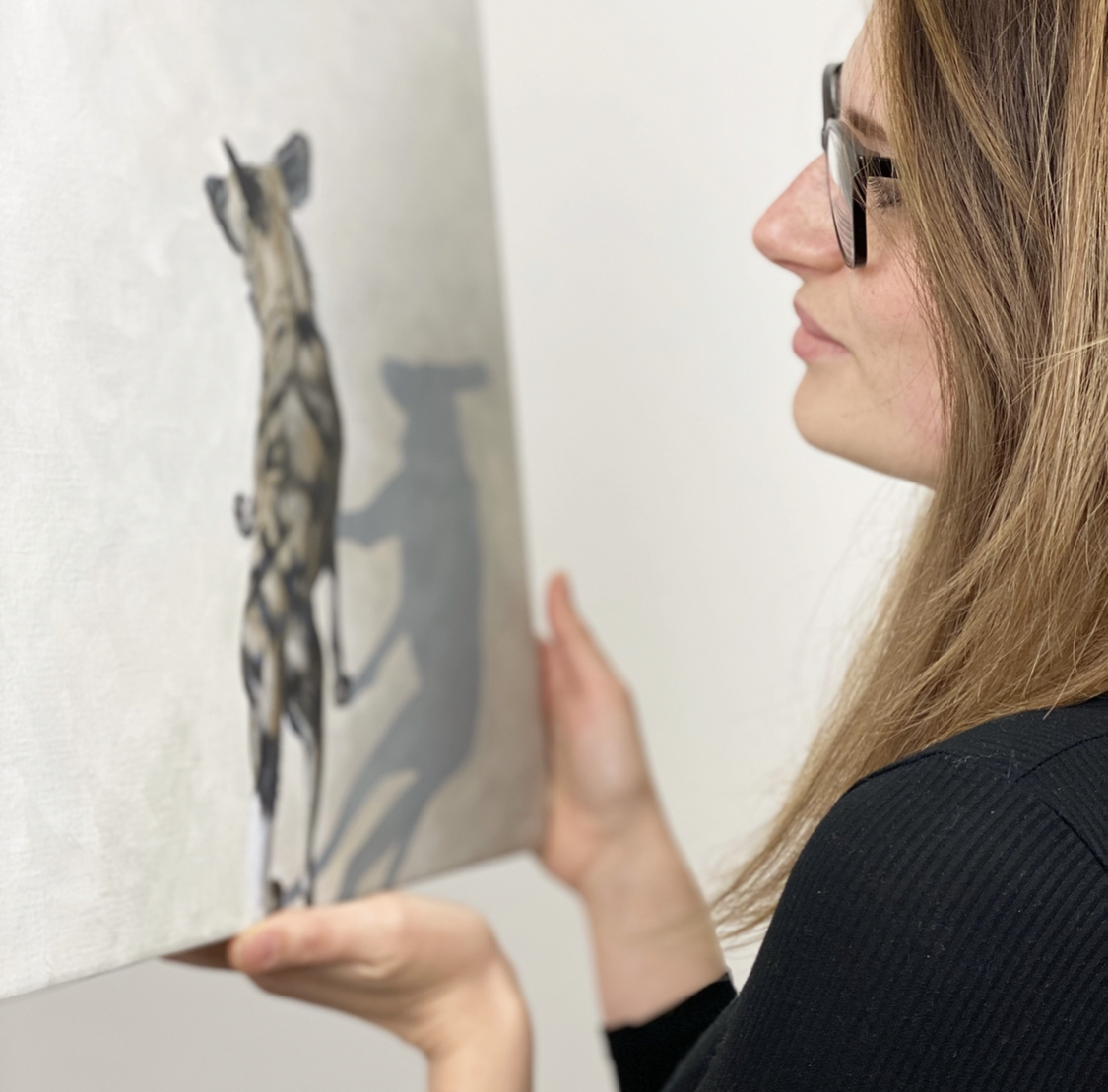African Cat Project
- Zoe Fitchet

- Jun 29, 2022
- 3 min read
Sarah Menzies
What is African Cat Project’s mission?
African Cat Project is an Australian non-profit organisation dedicated to conserving Africa’s three big cats - the lion, leopard and cheetah. Our aim is to reduce human-wildlife conflict in southern Africa to ultimately protect big cats in the wild. We work with conservation teams in game reserves to protect habitats and implement reintroduction programs for big cats who have been eradicated from their former historic ranges. ACP is 100% for-the-cause, meaning all profits we raise go directly to our projects. Our two current projects are both focused on leopard conservation in Namibia and South Africa.

Why your work matters?
Big cats are some of the most persecuted animals on the planet. In Africa, farming has become common practice for many residents, and carnivores are often eradicated as a preventative measure to protect their livestock. Big cats also fall victim to poaching and unsustainable trophy hunting, habitat loss and the illegal wildlife trade. All three of Africa's big cats, like all carnivores, are absolutely vital for healthy ecosystems, however all of them are listed as Vulnerable on the IUCN Red List with numbers decreasing. The leopard is the most persecuted big cat in the world, and they are also the least known about big cat. We are so passionate about leopard conservation and hope to have a positive impact on increasing their numbers and discovering more about this elusive, beautiful animal.
One of the biggest achievements/ projects that you have worked on for conservation?
We have been involved in some amazing conservation projects including releasing rescued and rehabilitated leopards and cheetahs back into the wild - such a rewarding experience! But our current project in South Africa is probably our biggest achievement. It is an ongoing project and we have been working on it since 2019. We have partnered with the amazing conservation team at Kariega Game Reserve in the Eastern Cape, on an ambitious project to reintroduce leopards back to this area. Leopards in the Eastern Cape have been hunted for over a century, and this has resulted in them almost being completely wiped out from the area. We have spent the last three years working on educational programs with surrounding communities in preparing for a reintroduction of leopards. After a few COVID delays, I'm really excited that a huge and sophisticated leopard holding 'boma' (enclosure) has been funded by ACP, and its construction is near completion. This will be a temporary home for a "problem leopard" (a leopard that has been deemed a "problem" due to its presence in close proximity to livestock and will be shot if not relocated), so it can get acclimated to its new home before being released into the wild. This will be the start of reintroducing leopards to their former historic range.
What is the biggest challenge you have faced while working towards wildlife conservation?
There are a lot of challenges that come with this project. Working remotely in a developing country is a challenge in itself, and not being able to be physically there because of international border closures has been hard. COVID has also caused delays with delivery of materials needed for the boma, funding is not always easy to aquire (especially because we are volunteer run), and then there is the human component of our project too. This is actually probably the biggest challenge - changing the mindset of people, and trying to convince them why they shouldn't shoot leopards, isn't easy. However, thanks to some amazing educational and awareness projects it is really helping, especially with the younger generation, and we are slowly starting to see a shift in attitude.
How people can be involved?
People can find out more about African Cat Project via our website: www.africancatproject.org
Here they will find out more about our projects, and they can also donate or purchase something from our online shop. We also post regular updates on our Insta: @africancatproject








Comments